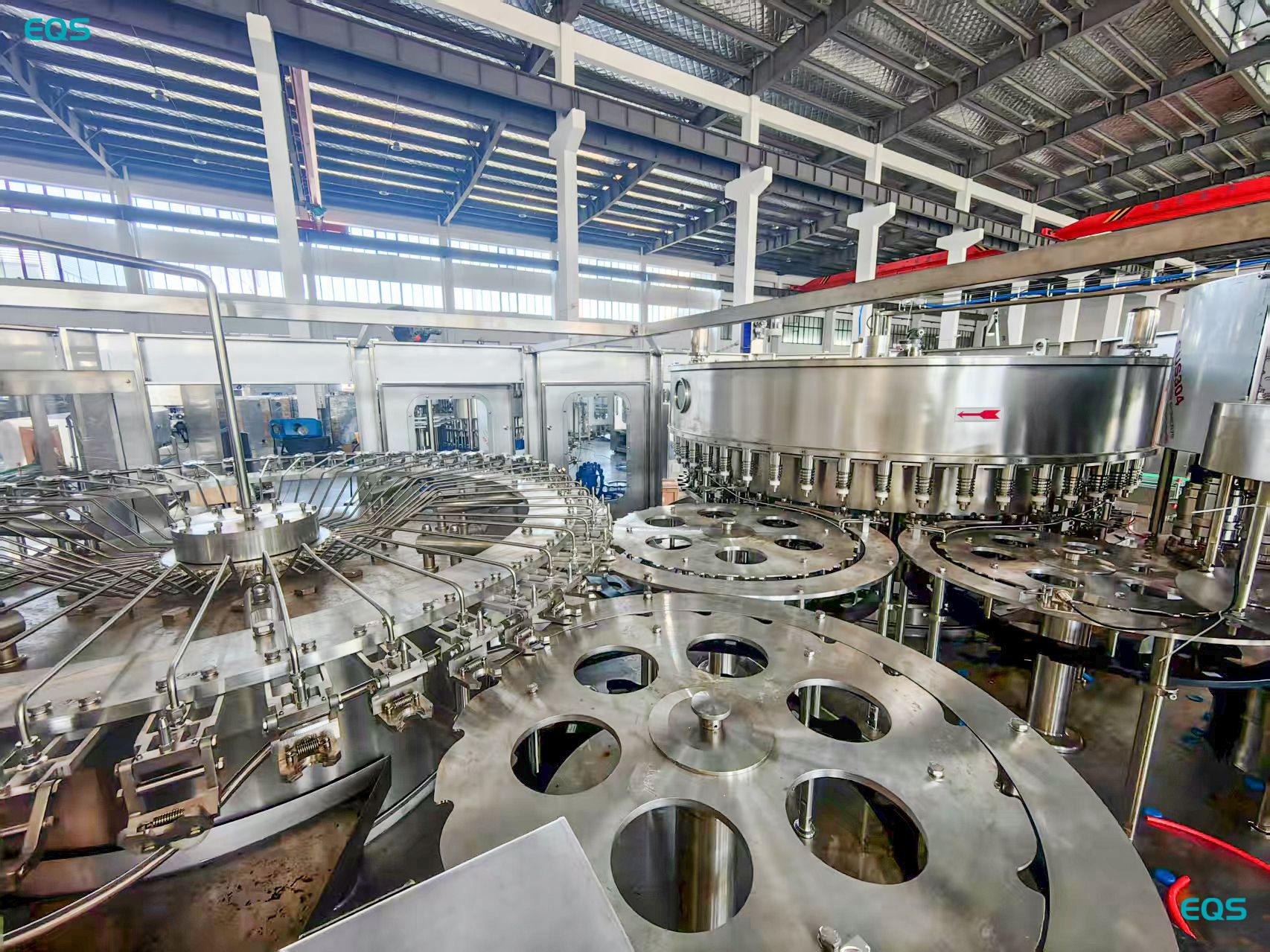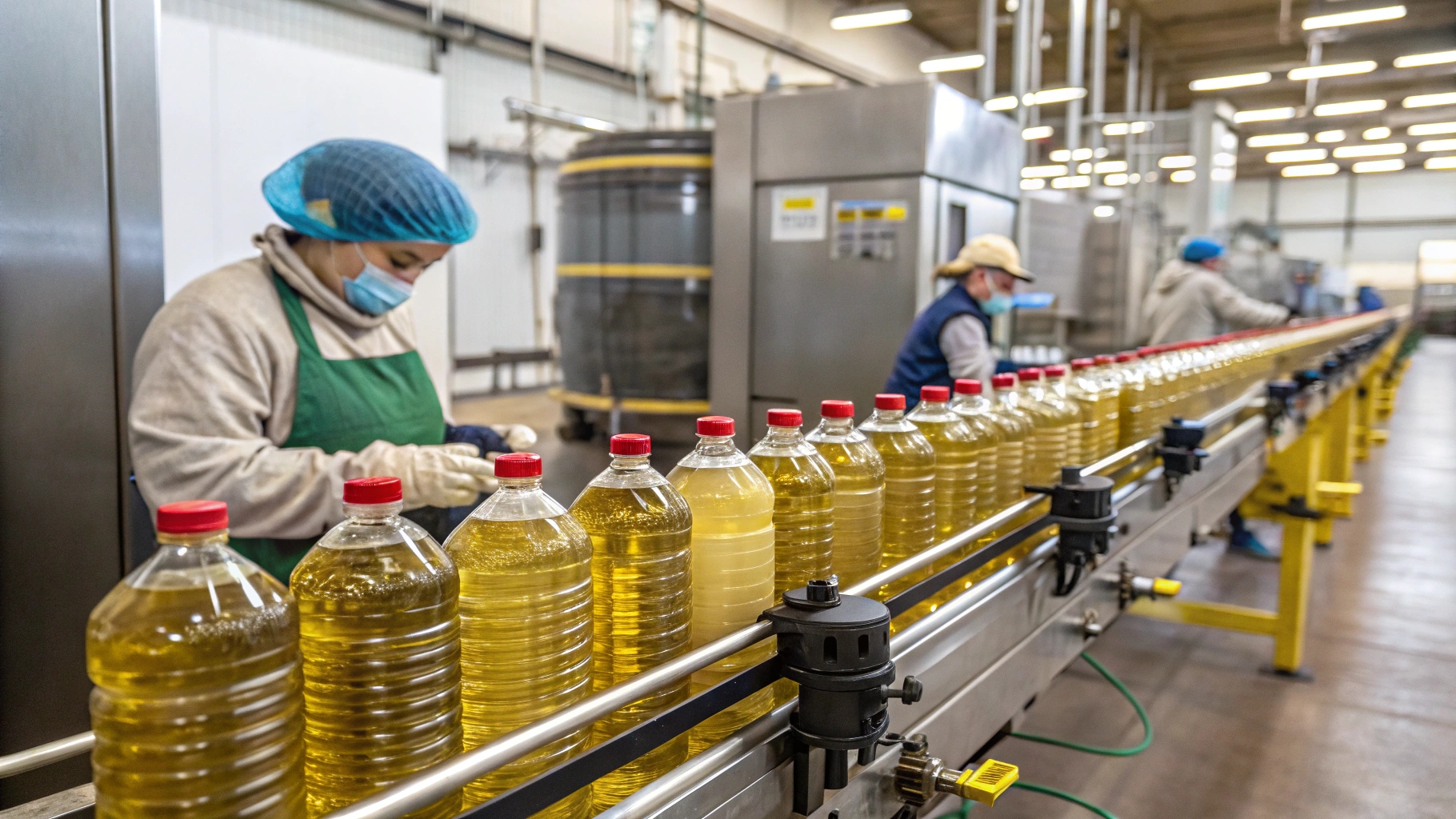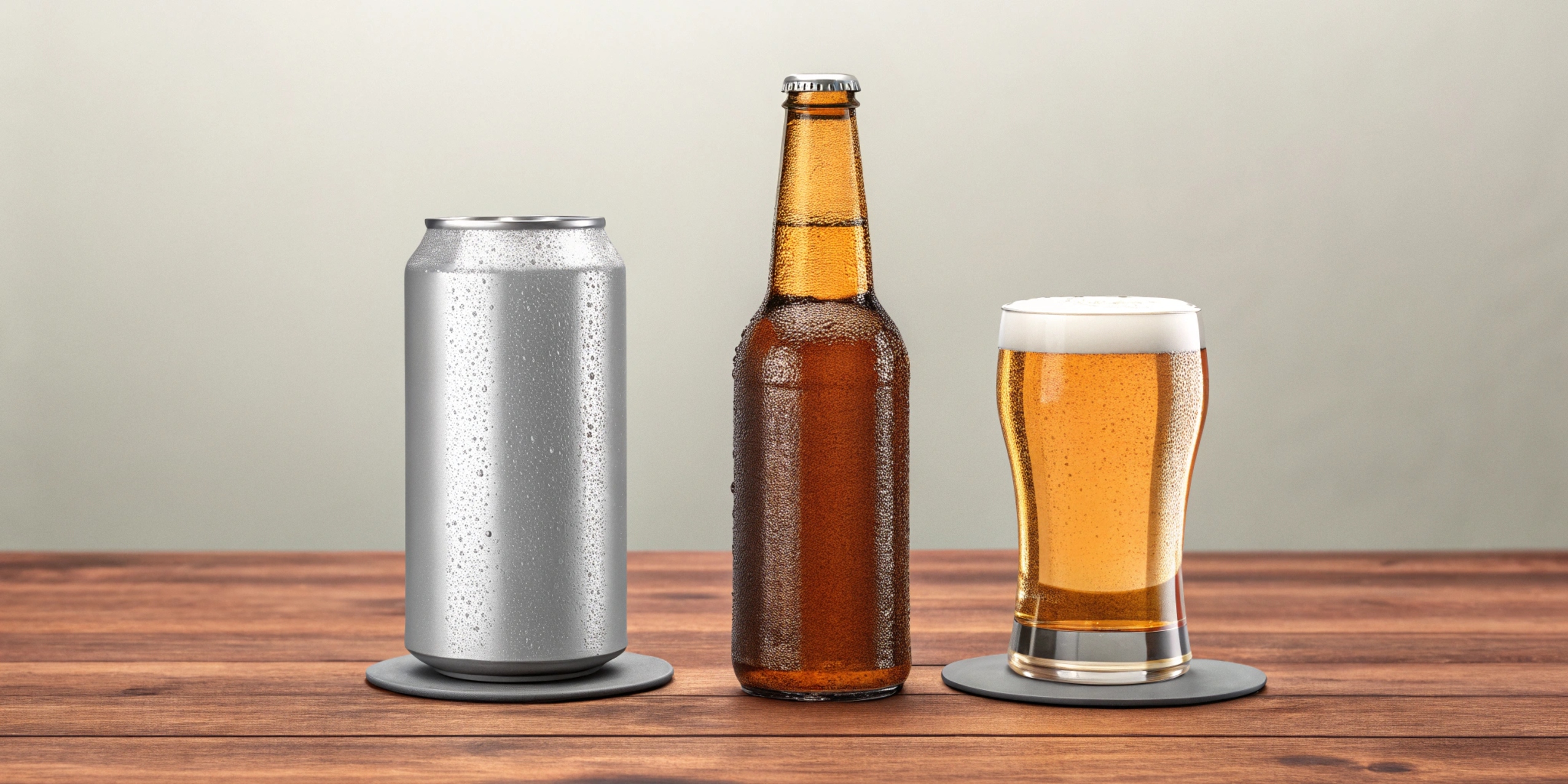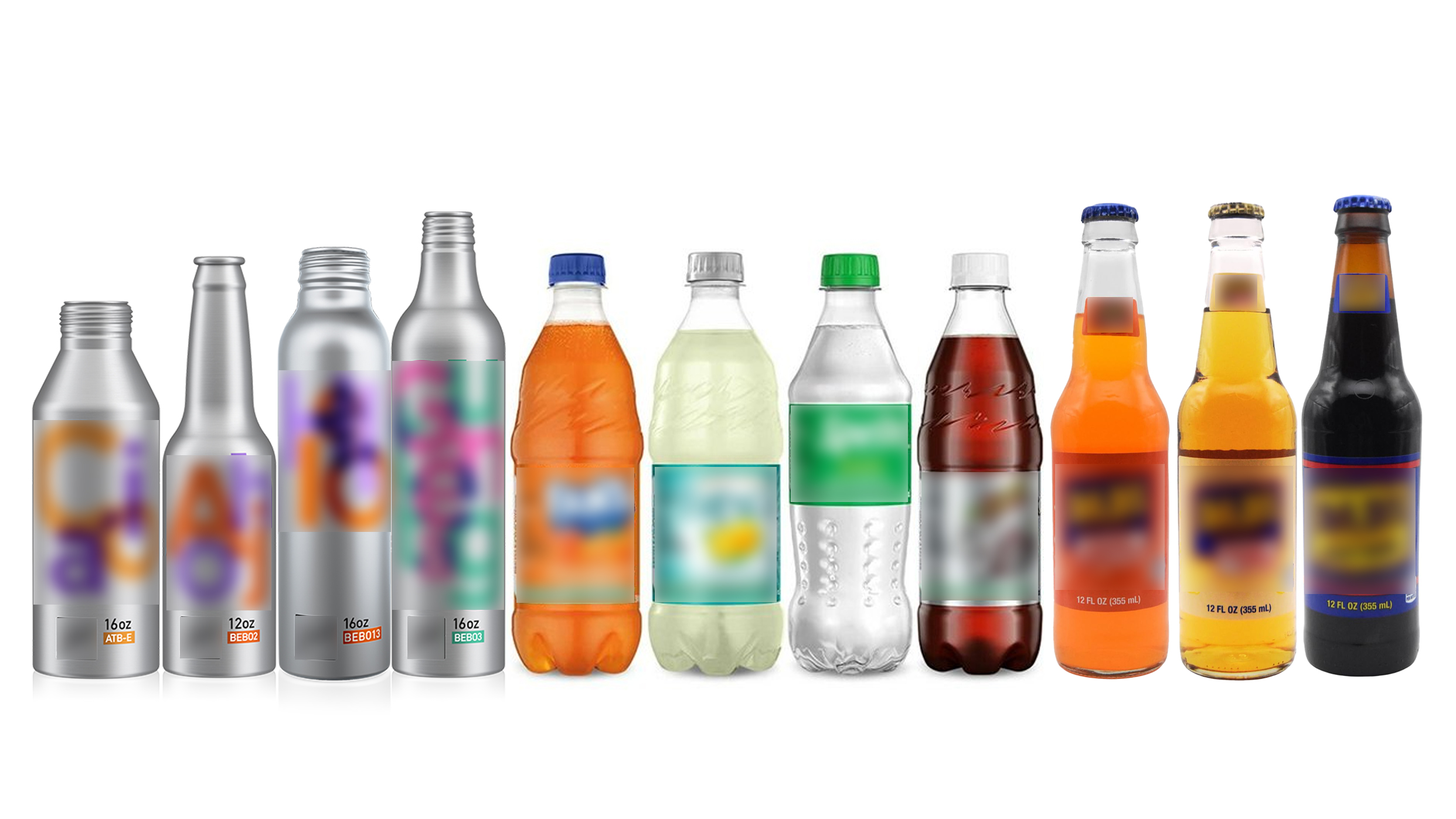A Comprehensive Overview of Carbonated Filling Machine Technologies and Innovations
leading paragraph:
From simple fillers to high-speed marvels! Let's explore the evolution of carbonated filling machines.
snippet paragraph:
Carbonated beverage filling machines have evolved from basic bottle washing, filling, and sealing units to advanced blow molding, filling, and sealing combiblock machines. Production capacity has surged from thousands to tens of thousands of bottles, with enhanced stability and efficiency.
Transition Paragraph:
Let's dive into the technologies and innovations driving this incredible transformation!
From Basic to Advanced: The Evolution
leading paragraph:
How did we get from simple fillers to today's complex machines?
snippet paragraph:
Early machines combined washing, filling, and sealing. Modern machines integrate bottle blowing, filling, and cappinginto one machine. This reduces handling and contamination, boosting efficiency and product quality.

Key Stages of Evolution
- Early Machines: Separate washing, filling, and sealing.
- Integrated Systems: Combined processes for efficiency.
- Blow Molding Integration: On-site bottle creation.
- Increased Automation: Reducing manual labor.
- Enhanced Hygiene: Minimizing contamination risks.
- Higher Speeds: Meeting growing demand.
Dive deeper Paragraph:
The evolution of carbonated beverage filling machines has been a remarkable journey, driven by the need for increased efficiency, higher production capacity, and improved product quality. Early machines were relatively simple and were limited in their production capacity. Over time, manufacturers began to integrate some processes into more streamlined systems, combining multiple functions into a single machine. This increased efficiency and reduced the need for manual intervention.
Surging Production Capacity
leading paragraph:
How did these machines get so much faster?
snippet paragraph:
Production capacity has dramatically increased, from several thousand bottles per hour (BPH) to tens of thousands. This is thanks to faster filling heads, improved bottle handling, and optimized machine cycles.
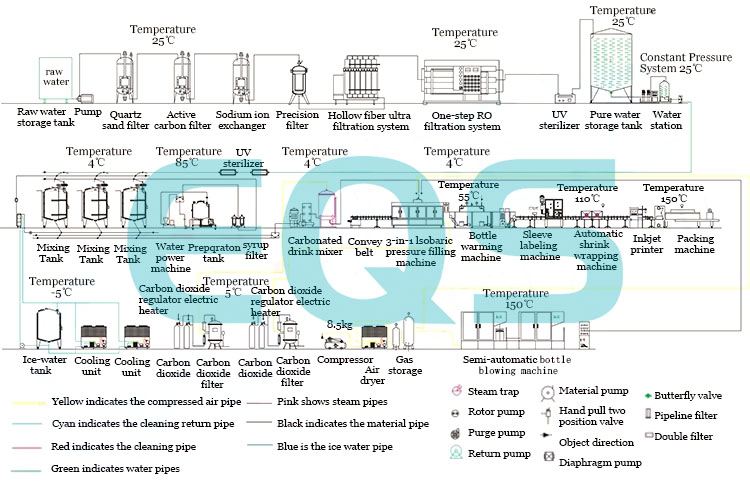
Factors Driving Increased Capacity
- Faster Filling Heads: More efficient dispensing.
- Improved Bottle Handling: Smooth, quick transfer.
- Optimized Machine Cycles: Reduced idle time.
- Servo Motor Technology: Precise movements.
- Advanced Control Systems: Coordinating operations.
- Continuous Motion: Minimizing stops and starts.
Dive deeper Paragraph:
One of the most significant achievements in the evolution of carbonated beverage filling machines has been the dramatic increase in production capacity. Early machines were capable of filling only a few thousand bottles per hour (BPH), which was insufficient to meet the growing demand for carbonated beverages. Today, modern machines can fill tens of thousands of bottles per hour, thanks to a combination of technological advancements and innovative design features. Faster filling heads are a key factor in this increased capacity. These heads are designed to dispense the carbonated beverage quickly and accurately, minimizing filling time.
Enhanced Stability and Reliability
leading paragraph:
Speed isn't everything. How did they make these machines more reliable?
snippet paragraph:
Modern machines are not only faster but also more stable and reliable. This is achieved through robust construction, advanced control systems, and predictive maintenance programs, ensuring consistent performance and minimal downtime.
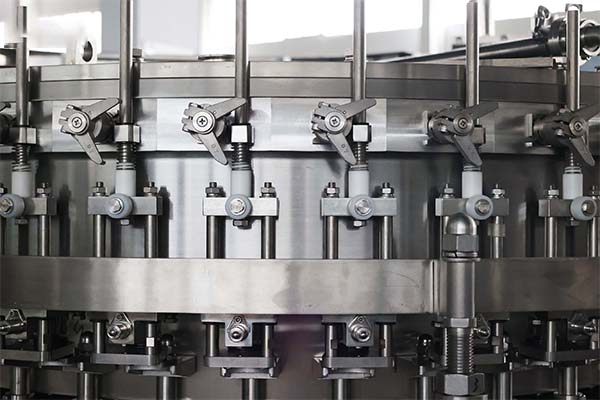
Improvements in Stability and Reliability
- Robust Construction: Durable materials and design.
- Advanced Control Systems: Precise operation management.
- Predictive Maintenance: Prevents breakdowns.
- Remote Monitoring: Early issue detection.
- Modular Components: Easy replacements.
- Automated Lubrication: Reducing wear and tear.
Dive deeper Paragraph:
In addition to increasing production capacity, manufacturers have also focused on enhancing the stability and reliability of carbonated beverage filling machines. Early machines were prone to breakdowns and required frequent maintenance, which resulted in significant downtime and reduced overall efficiency. Modern machines, on the other hand, are designed for consistent performance and minimal downtime, thanks to a combination of robust construction, advanced control systems, and predictive maintenance programs. Robust construction is a key factor in enhancing stability and reliability.
Innovations in Filling Technologies
leading paragraph:
What are the latest innovations in how these machines actually fill the bottles?
snippet paragraph:
Innovations include volumetric filling for precise measurements, isobarometric filling for reduced foaming, and electronic control systems for optimized performance, ensuring accurate and consistent filling every time.

Key Filling Technologies
- Volumetric Filling: Precise measurement of liquid volume.
- Isobarometric Filling: Reduces foaming during filling.
- Electronic Control Systems: Optimizes filling parameters.
- Mass Flow Meters: Accurate measurement.
- Level Sensors: Precise fill levels.
- Automated Calibration: Maintaining accuracy.
Dive deeper Paragraph:
Innovations in filling technologies have played a crucial role in improving the accuracy, efficiency, and quality of carbonated beverage filling processes. Volumetric filling is one such innovation, which involves precisely measuring the volume of liquid dispensed into each bottle. This technology ensures that every bottle receives the correct amount of beverage, minimizing waste and ensuring consistent product quality. Isobarometric filling is another important advancement, particularly for carbonated beverages. This technique involves maintaining a constant pressure inside the bottle during the filling process, which reduces foaming and prevents the loss of carbonation.
The Future of Carbonated Filling Machines
leading paragraph:
What's next for these impressive machines?
snippet paragraph:
The future holds even greater automation, smarter control systems, and more sustainable practices. Expect machines that are more efficient, flexible, and environmentally friendly, meeting the evolving demands of the beverage industry.

Trends to Watch
- Greater Automation: Reduced manual intervention.
- Smarter Control Systems: Self-optimizing performance.
- Sustainable Practices: Reduced environmental impact.
- Digital Twins: Simulating performance.
- AI-Powered Optimization: Learning and improving.
- Flexible Configurations: Adapting to different products.
Dive deeper Paragraph:
The future of carbonated filling machines promises even greater advancements, driven by the relentless pursuit of efficiency, sustainability, and product quality. One key trend to watch is the increasing level of automation, with machines that require minimal manual intervention. These fully automated systems will be equipped with advanced sensors, robotics, and AI-powered control systems that can self-adjust and optimize performance in real-time.
Conclusion
Carbonated filling machines have come a long way! They're faster, more reliable, and more sustainable than ever before. The future looks fizzy!
My name is Allen, and I'm an expert in filling machine technology at EQS (eqsfilling.com), a leading liquid packaging solution provider based in China. If you're looking for top-quality filling machines for your production line, feel free to reach out to me at [email protected]. We specialize in providing customizable solutions with cutting-edge technology.


